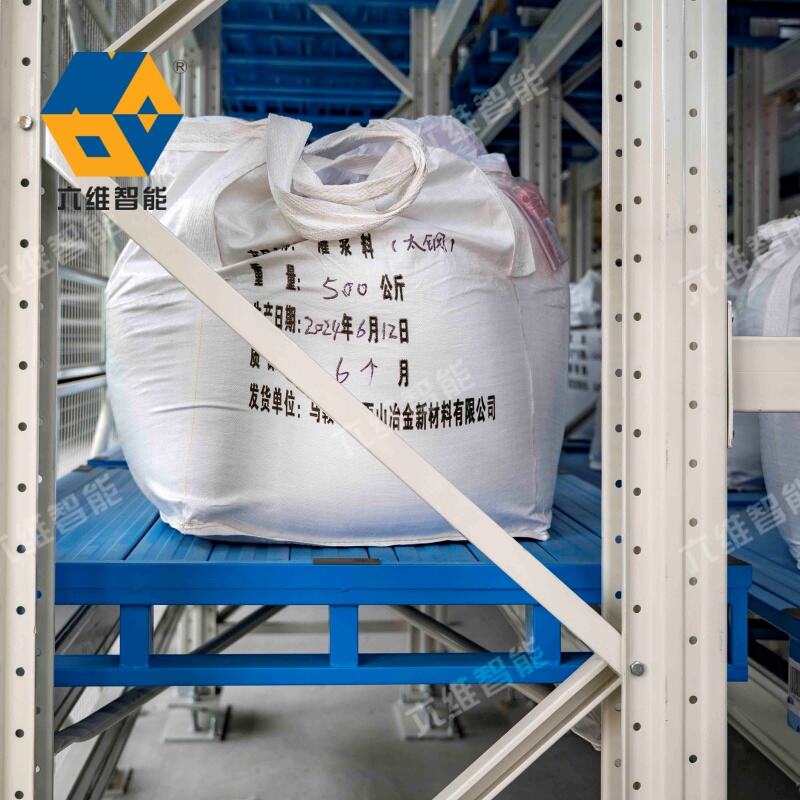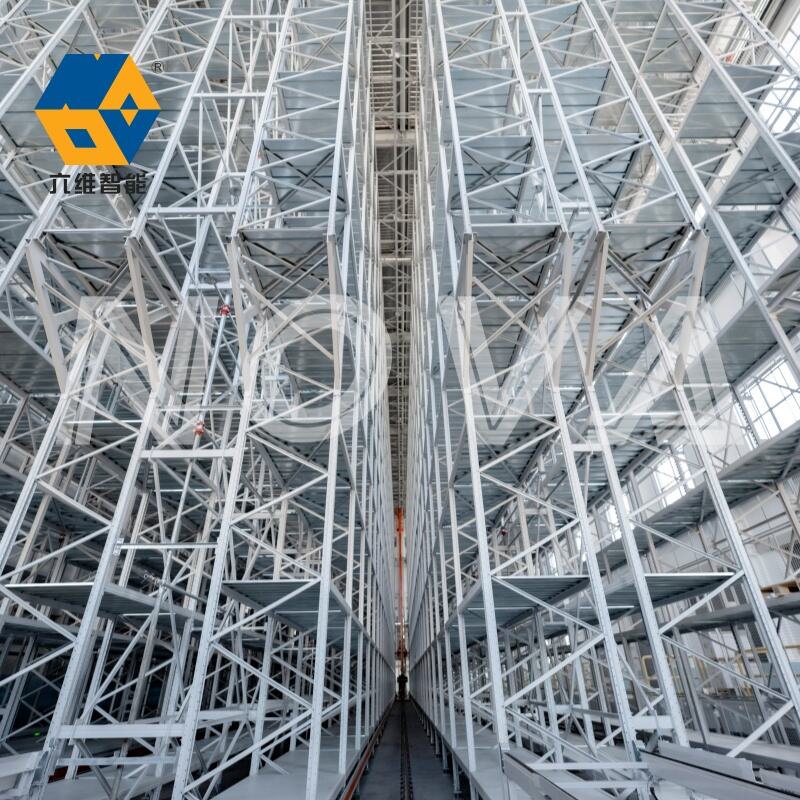shuttle rack
A shuttle rack represents a cutting-edge automated storage and retrieval system designed to maximize warehouse efficiency and space utilization. This innovative storage solution combines robust structural engineering with advanced robotics to create a dynamic, high-density storage environment. The system operates through automated shuttles that move horizontally along rails within the rack structure, efficiently retrieving and storing pallets or containers. These shuttles work in conjunction with lifts that handle vertical movement, creating a seamless three-dimensional storage matrix. The shuttle rack system incorporates sophisticated inventory management software that tracks item locations in real-time, optimizes storage patterns, and minimizes retrieval times. This technology enables warehouse operators to achieve storage densities up to 85% higher than traditional racking systems while significantly reducing operating costs and human error. The system's modular design allows for customization based on specific facility requirements, whether handling frozen goods, ambient products, or specialized materials. Advanced safety features, including collision prevention sensors and automated maintenance diagnostics, ensure reliable operation and protect valuable inventory.


